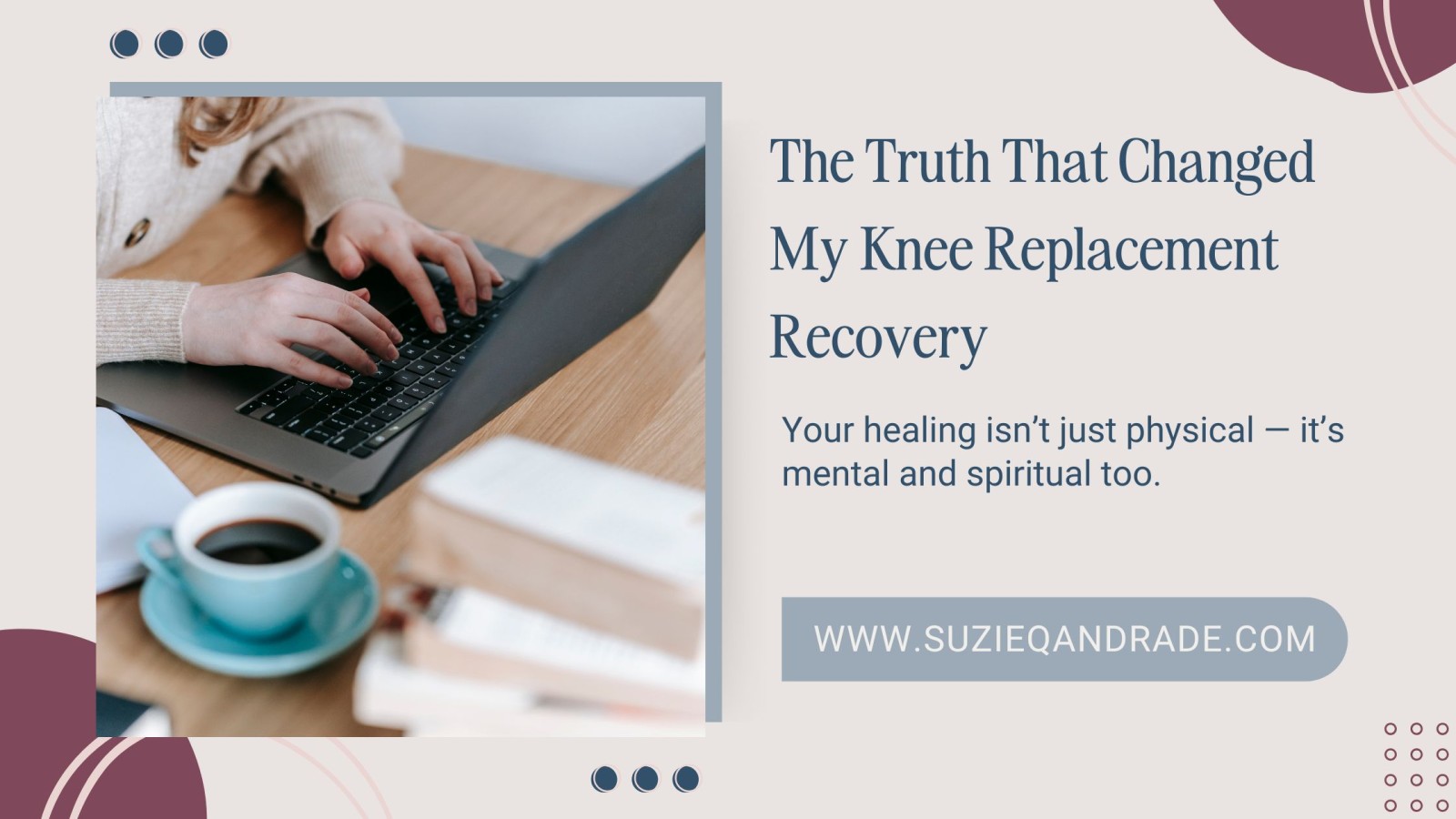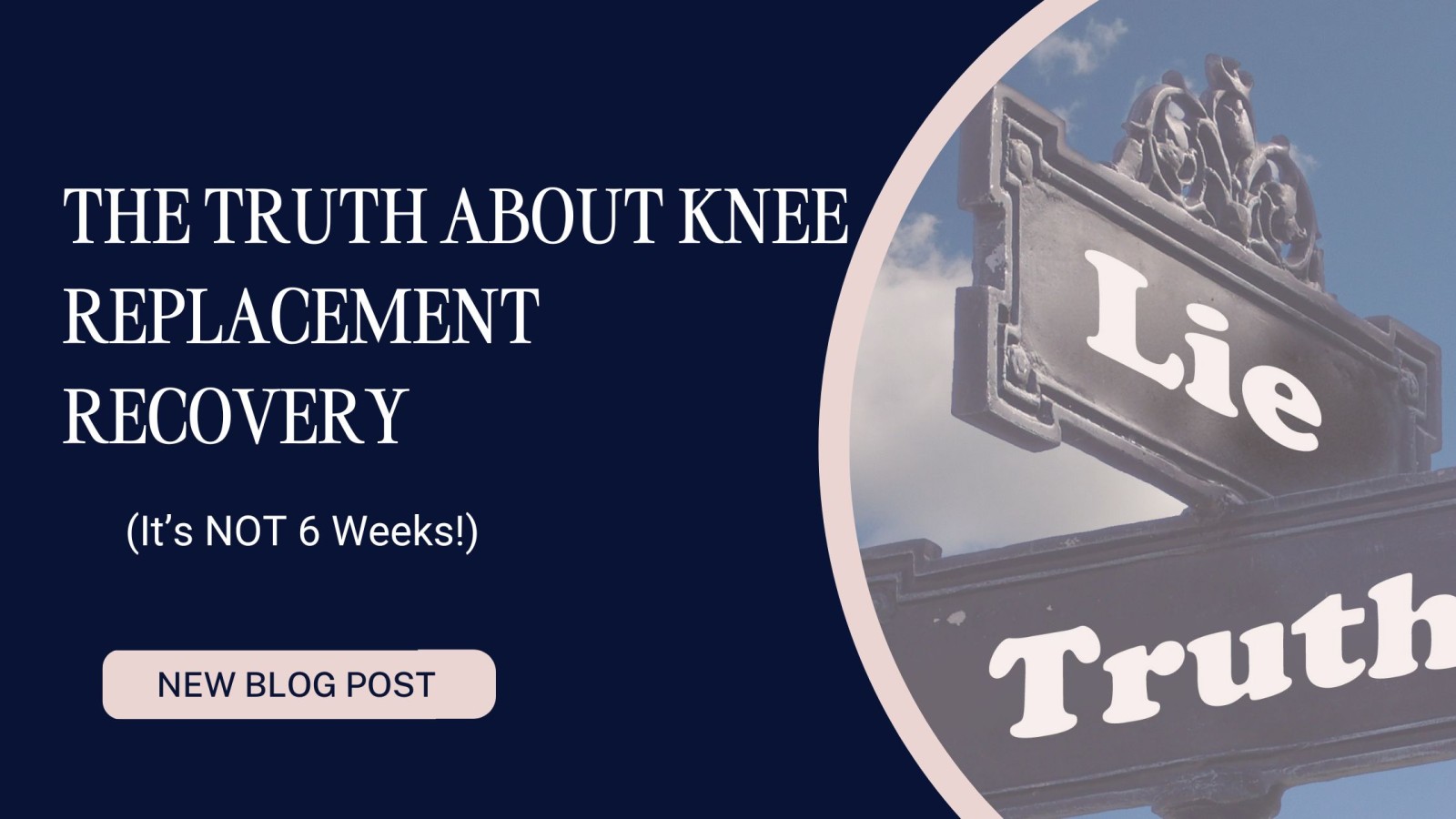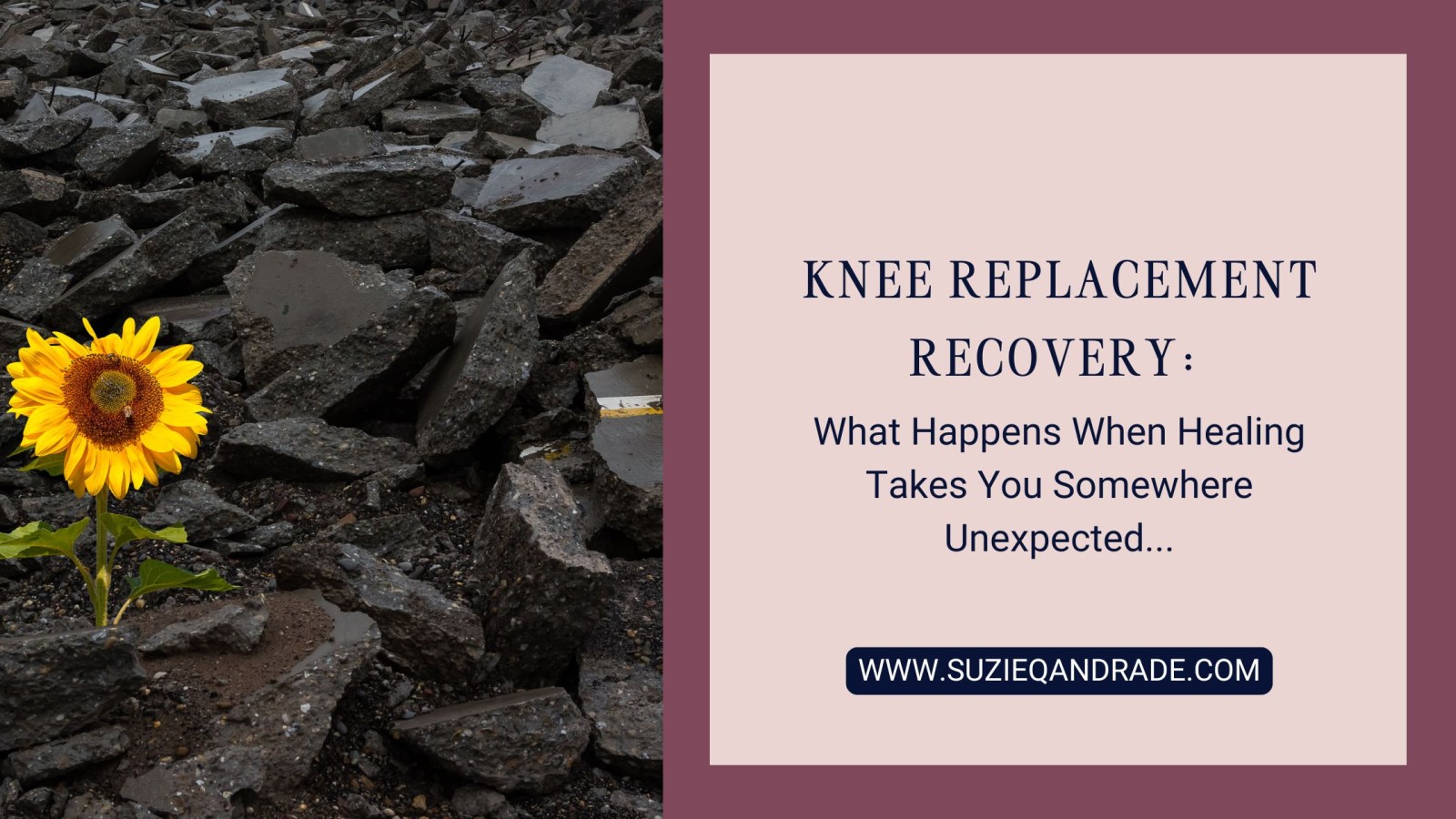
Have you ever caught yourself saying, “I’ll never get better,” or “I’m always in pain”?
Yeah, I used to say that too—without realizing how much weight those words carried.
Here’s the truth: your words aren’t just sounds. They’re signals. And they’re either signaling healing or frustration. When you’re recovering from something as big as a knee replacement, every bit of your energy matters. What you say to yourself—out loud or in your head—sets the tone for how your body responds.
So today, I want to help you swap those “always” and “never” statements for words that actually move your healing forward.
Read more...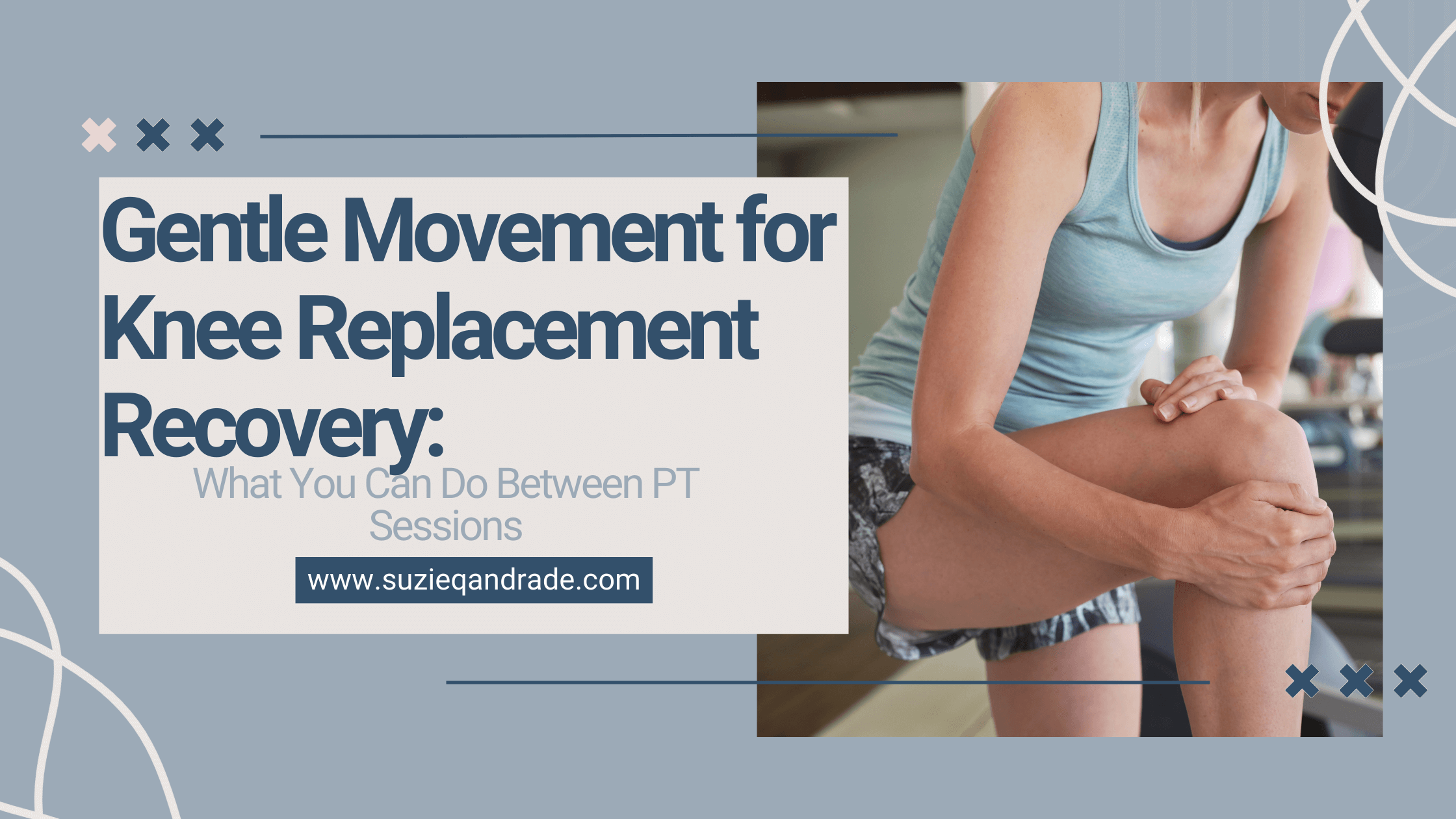 I am not kidding you when I say movement helps with swelling, improves circulation and keeps your muscles from tightening up. I know that sounds exactly like something. Your physical therapist would say, but after three joint replacements, I found this to be true. When you’re between one to two months post-op, these small, simple actions can make a big difference. Remember: this is about progress,
I am not kidding you when I say movement helps with swelling, improves circulation and keeps your muscles from tightening up. I know that sounds exactly like something. Your physical therapist would say, but after three joint replacements, I found this to be true. When you’re between one to two months post-op, these small, simple actions can make a big difference. Remember: this is about progress, 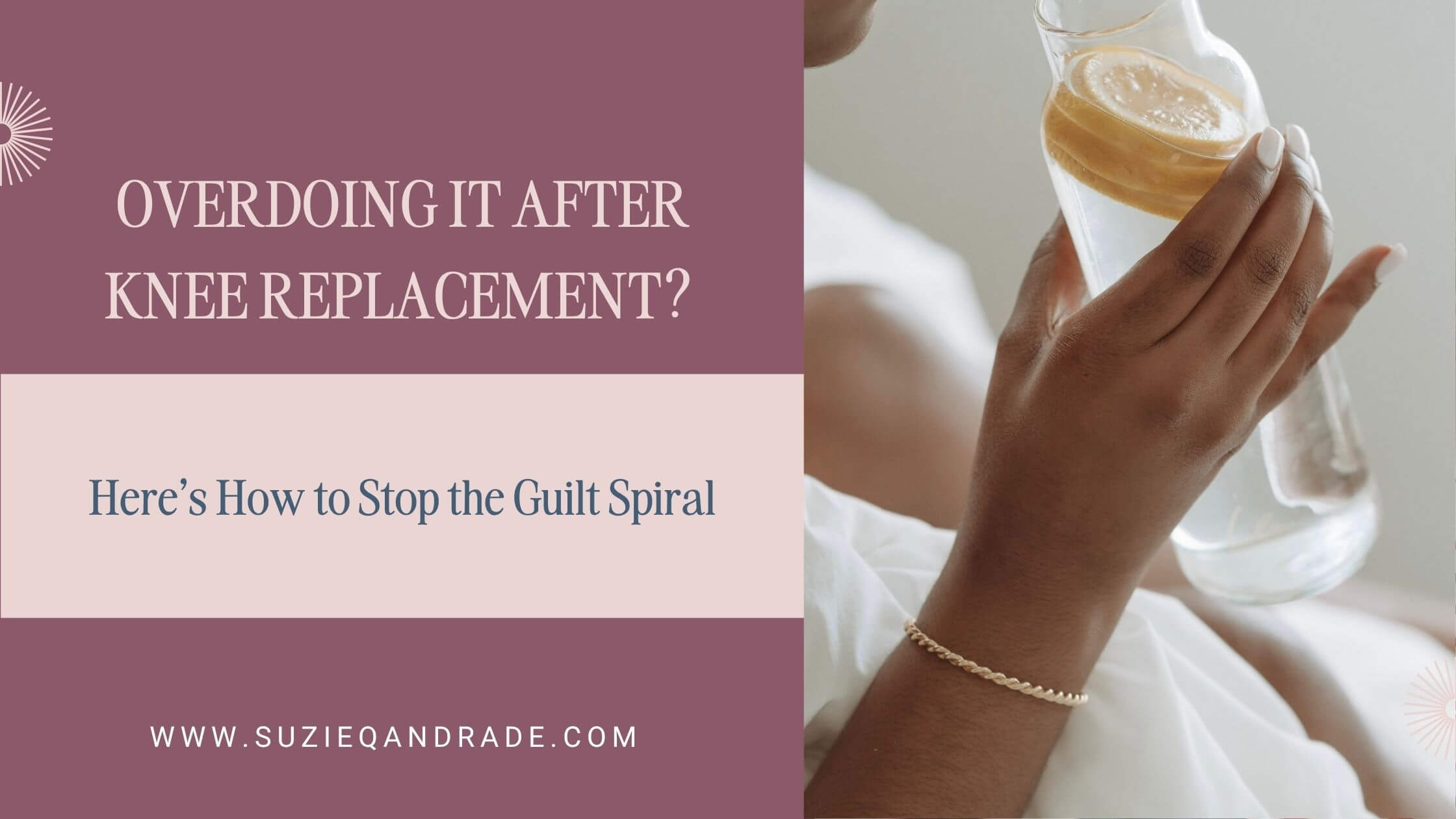
Have you ever felt amazing one day after PT… and then totally paid for it the next?
Yeah, me too.
It’s like you finally start to feel like yourself again—you get up, do a few loads of laundry, run some errands, maybe even make dinner—and then bam. The next day your knee’s angry, your body’s wiped out, and you’re sitting there wondering what you did wrong.
Here’s the truth: you didn’t mess up. You’re healing.
And those moments that make you stop? They’re not punishments. They’re pivots.
Read more...
Back when I was still walking around on my bone-on-bone knee, I noticed something strange. Every time someone at work would ask, “How’s your knee?” and I answered, “It hurts,”… it got worse.
I know that sounds weird. I’m not saying I made it up or was pretending. The pain was real. But the moment I gave it voice? It almost felt like it doubled.
Eventually, I stopped saying “it hurts.”
Instead, I’d say, “I’m actually really looking forward to having it replaced.”
Read more...
You know that panicky, can’t-think-straight feeling that creeps in before surgery?
Or when you’re in recovery and your brain just won’t quit spinning?
That’s not weakness. That’s your body trying to protect you.
Before my first knee replacement, I don’t think I slept more than a couple hours at a time. My brain was in overdrive running through the same questions on repeat: Do I have everything ready? Am I missing something? Did I plan the meals? Will the house still run without me?
I was the Jill-of-all-trades in our home—planning, cooking, cleaning, remembering every little detail—so handing over control for a while was brutal.
Read more...








